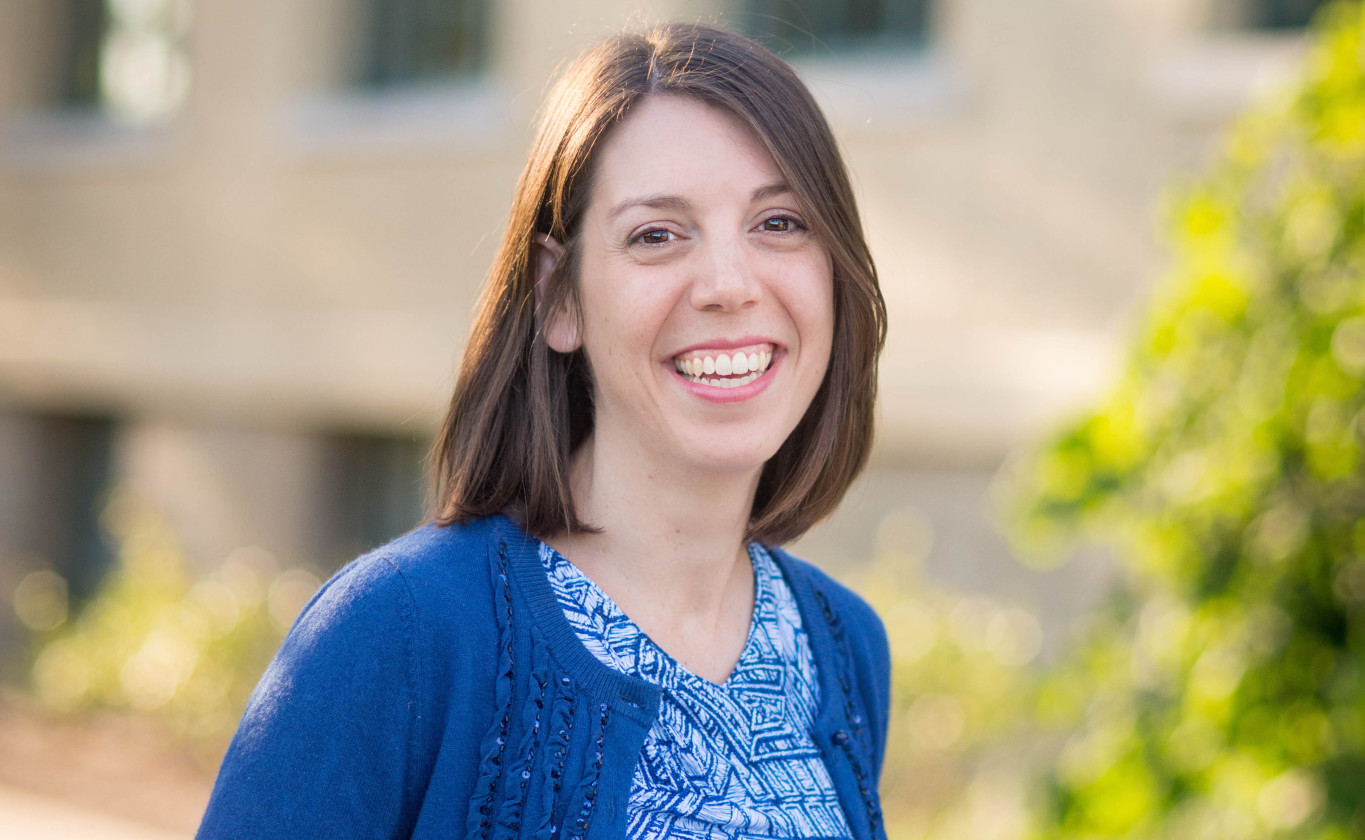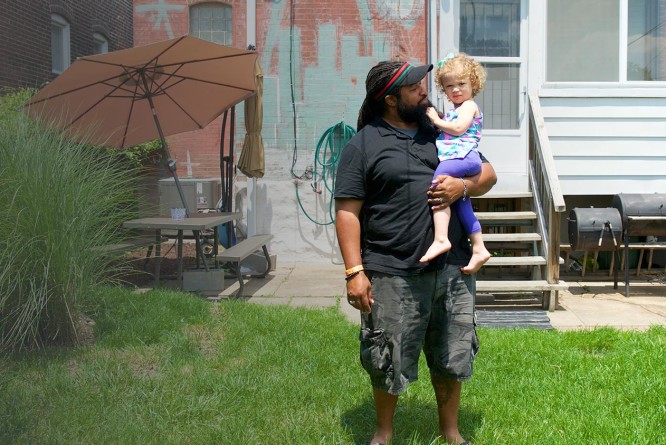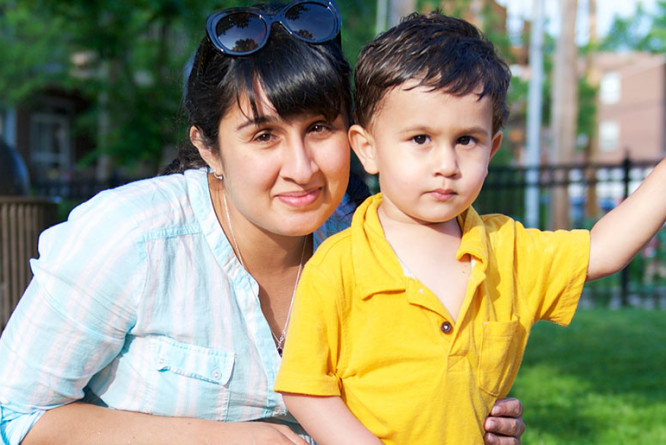Laura H. is a “boomerang” who shares re-plant status with many others in St. Louis. But the timing of her return – the day Michael Brown, Jr., was fatally shot by Officer Darren Wilson – along with its role in how she’s making sense of her place in STL as a white Jewish mother, offers a picture of what everyday people can do with what they have, and where they are, to make this region better for all.
Coming back on August 9, 2014 “underscored so many things I knew, thought I knew, or needed to learn in coming home,” Laura says. Living over 15 years in three different East Coast cities meant she had little to no familiarity with Ferguson when she got back last summer. She did connect with what was happening outside that coinciding date. There were intersections of circumstance, for example: When she left St. Louis, she was about the same age Brown was when he died. She grew up in Creve Coeur but came out of Ladue Horton Watkins, the same high school Brown’s mother Lesley McSpadden attended. And like her fellow LHW alumna, Laura was a mother to a son, though in her case a baby boy born less than four months before August, 2014.
Such overlaps also underscored disparity – “It’s just so striking to think of the points of departure in my story as a white woman and the tragically short life of Michael Brown” – and together, the shared and different have played critical roles in how Laura has related to what was “so nearby in time and place to such a big transition in [my family’s] personal life” and “a dozen miles and half a world away [in] Ferguson.”
Knowing she needed to take concrete steps toward improving what’s at once hometown and new home, Laura sought means to overcome her immediate lack of a ready, local network of organizations and friends. To start, she subscribed to a newsletter from a socially engaged Jewish congregation, and drove around Ferguson to “reacquaint with our region’s many, tiny municipalities.” She went to events around town (like those at the Chaifetz Auditorium and the Missouri History Museum) that worked with her mom-of-two-young-kids schedule; and took her son to a rally “with lots of kids and strollers [that] focus[ed] on standing together as mothers protesting the loss of young life.” Over the last year, she also became part of an online community of parents eager to participate actively in building equitability in St. Louis.
This fall, another calendrical coincidence — this time, the September 14th release of the Ferguson Commission report and the September 22nd/23rd Yom Kippur holy day — ended up giving Laura what she needed “to connect to the issues and get involved” in a very personally meaningful way. When Forward Through Ferguson went live, so did conversation online. Two simple, looming questions dominated discussion:“What can I do?” and “How do I do it?”
While she’d already been mulling those questions seriously, the report/Yom Kippur combination gave her some practical answers. “It clicked for me that the ‘Start anywhere’ and ’Do what you’re passionate about’ advice actually made perfect sense,” she reflects. In keeping with a personal high-holiday family tradition regarding annual giving, “I used the Commission report as my list of potential priorities,” Laura says, “and For the Sake of All (a 2014 project on St. Louis African Americans’ health and well-being) as a starting guide for organizations working on those issues.”
The Youth at the Center signature priority and its related calls to action spoke most powerfully to her as a mom who thinks about child wellbeing and education. She and her husband have so far given to the St. Louis City-run College Kids program; they intend to contribute to other efforts around making schools the centers of health and reforming school discipline “piece by piece [to] move this family goal along,” Laura says. And in addition to support existing programs, Laura and a fellow white mother raising young kids here in St. Louis have taken up the Commission’s call to effect racial equity by creating and piloting a children’s literature-driven program created to provide white STL families with resources, connections, and opportunities to engage and explore race and racism.
“At first, posting on Facebook was the only way I felt capable of responding,” Laura says of those weeks post-August 9th. That sentiment seems a far cry from what she’s doing and feeling today. But there are likely a good many who’re still unsure how they can be part of making this region better.
If you’re one of that number, taking a page from Laura’s approach could help. Jot down significant facets of your personal identity and values. Do it on a sticky note, a napkin, the back of a receipt — the key’s not where you write it, it’s simply getting it down. Then, check out the report – it could take as few as five minutes with the help of this easy-to-use, citizen-made guide — and put your napkin to it. Where do they meet? Does some part of the report (including its community stories) point to programs, or policy, you’re ready to get behind? Does it give you ideas for ways/means to act that you know others would support, too?
In the Ferguson Commission’s final weeks before community implementation, we invite you to think about, and share, your part in making St. Louis its very best for everyone.
What will you do? How will you do it? In what ways will that be uniquely your contribution?
Hear Laura’s take on — and take-aways from — the Commission’s report, especially when viewed from a professional perspective:
Written by Elaine Cha for #FwdThruFerguson
Photo by Sabrine Rhodes, Sugarbean Photography





#FwdThruFerguson